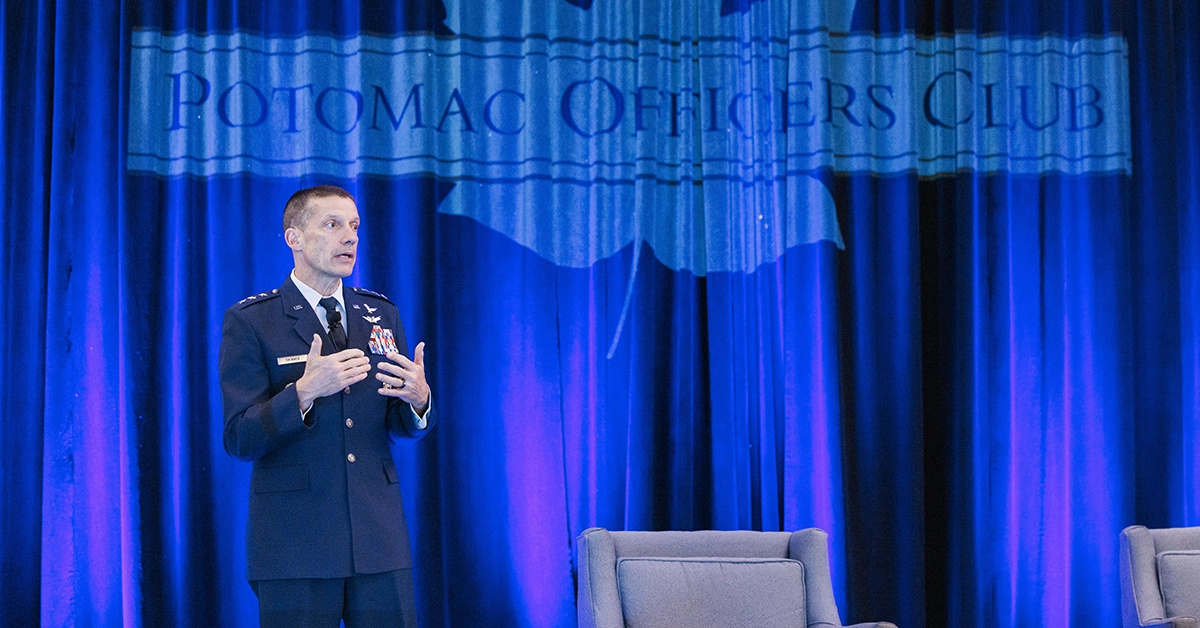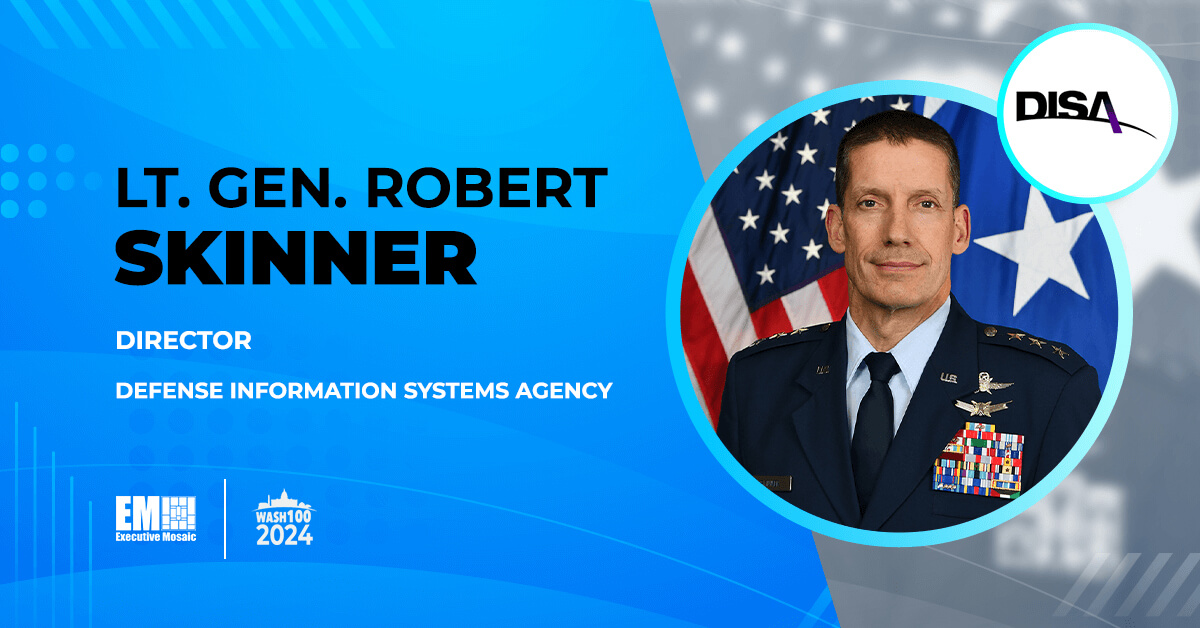Communicating and sharing data rapidly is one of six operational imperatives declared by Army Secretary Christine Wormuth, a 2024 Wash100 Award winner, in March 2023. The goal is part of the Army of 2030 initiative, a broad effort to modernize the service branch.
The Potomac Officers Club’s 9th Annual Army Summit in June will offer a look into the service branch’s top priorities and challenges as it moves into the future. Key leaders will convene at the event to share their insights on current Army initiatives through a variety of keynote speeches, panel discussions and networking sessions. Last year, Doug Bush, assistant secretary of the Army for acquisition, logistics and technology, delivered the opening keynote address.
To learn more and register to attend this year’s Annual Army Summit, click here.
The Army is taking a multi-pronged approach to transformation, embracing new technologies, new strategies and workforce development as methods to unlock the benefits data expertise has to offer.
One way the Army is working to upgrade its technology arsenal is through contracts. The service branch recently finished accepting responses about potential improvements to its Vantage Army Data Platform, for which it is looking to accept new vendors to expand the platform’s selection of tools.
The Army also awarded contracts in October to Charles River Analytics, Cougaar Software and Next Tier Concepts to develop automated data platforms. The awards were issued under the Army’s Small Business Innovation Research program.
Internally, the Army recently validated its tactical data fabric, a federated system designed to make data more accessible to commanders and better synchronize it between echelons and formations.
During the August Talisman Sabre exercise in Australia, the service branch “validated our tactical data fabric concept of employment, using master data nodes and tactical data nodes, establishing persistent connections to authoritative data and then synchronizing that data with the I Corps formations at the edge,” said Col. Matthew Paul, project manager for mission command at the program executive office for command, control communications-tactical.
Though Paul said the concept and technologies are sound, the Army is working on scaling the capability using a hybrid cloud infrastructure.
According to Army Intelligence Chief Data Officer David Pierce, continued progress requires a “cultural shift.”
“While the Army is taking the right steps toward becoming more data-centric, technology is not enough to solve enterprise data challenges,” he said.
Pierce said that to drive cultural change, the Army is implementing information literacy, intelligence sharing and communications initiatives, such as the formation of a Data Literacy Task Force at the U.S. Military Academy West Point created in collaboration with the 513th Military Intelligence Brigade.
The new unit is intended to encourage innovation and improve data literacy and readiness that would support intelligence brigades in real-world operations.
Laying the groundwork for new initiatives is the Army’s 2021 Digital Transformation Strategy, which lists modernization and readiness, optimized digital investments and a technically savvy, operationally effective digital workforce as key elements of a data-centric force.
“I think that is a big piece of where we are moving right now, and as you look at the next couple years, it really is about maturing that foundation,” Army Chief Information Officer Leonel Garciga, a 2024 Wash100 awardee, said during the 2023 Association of the U.S. Army Annual Meeting and Exposition in October.

Learn more about Army data initiatives at the 9th Annual Army Summit. Register here.






